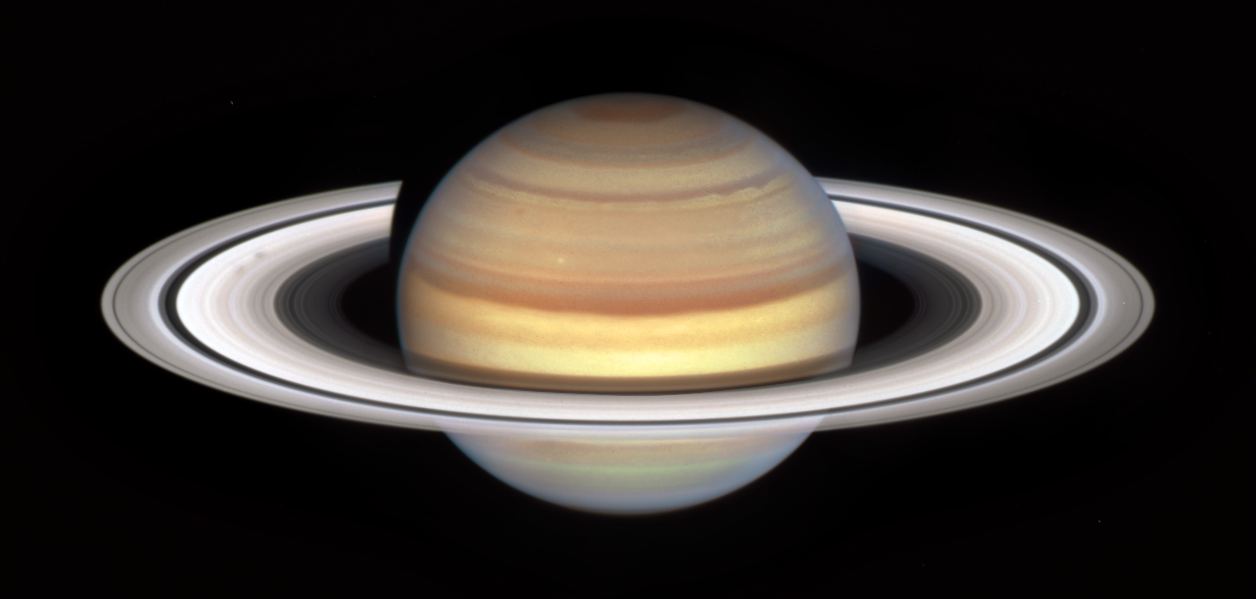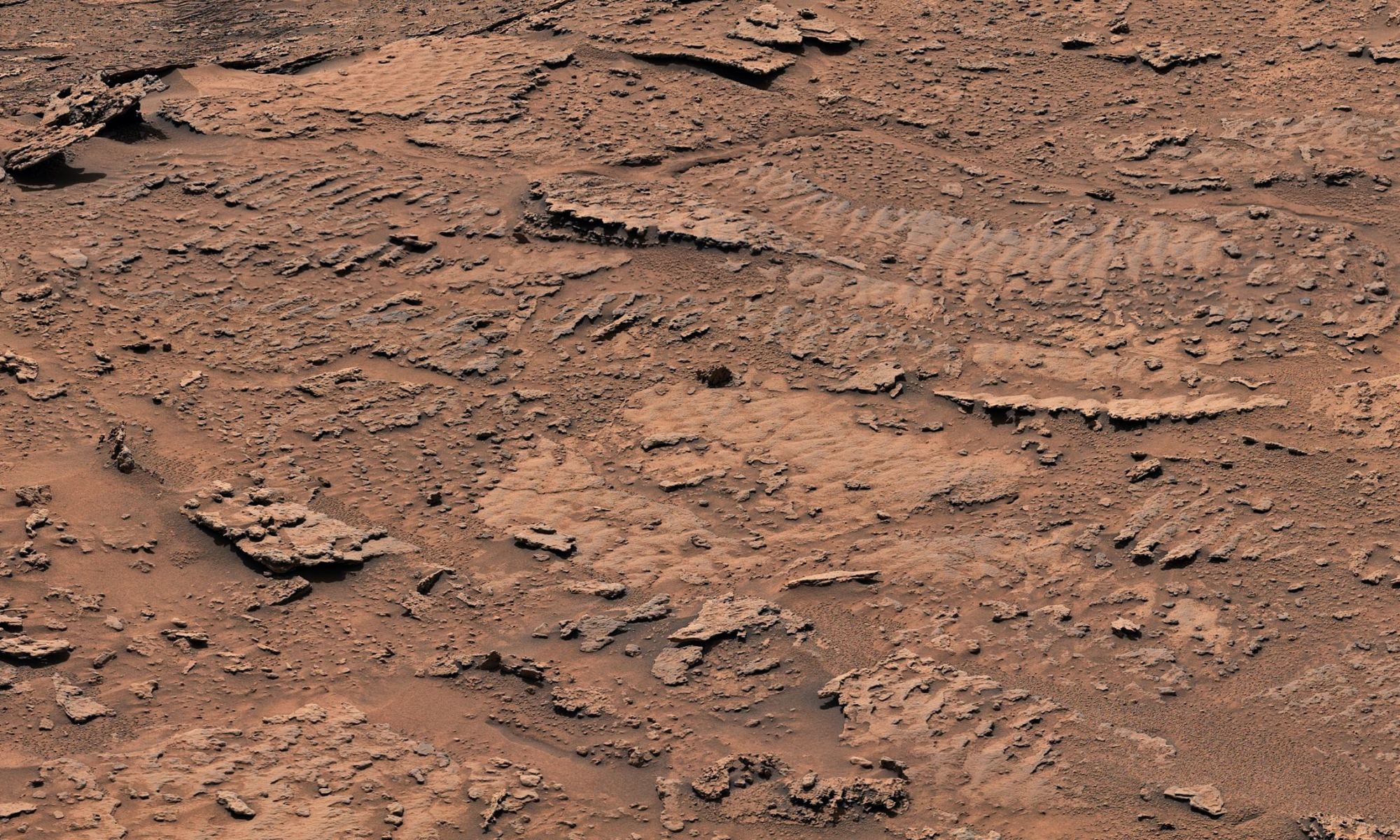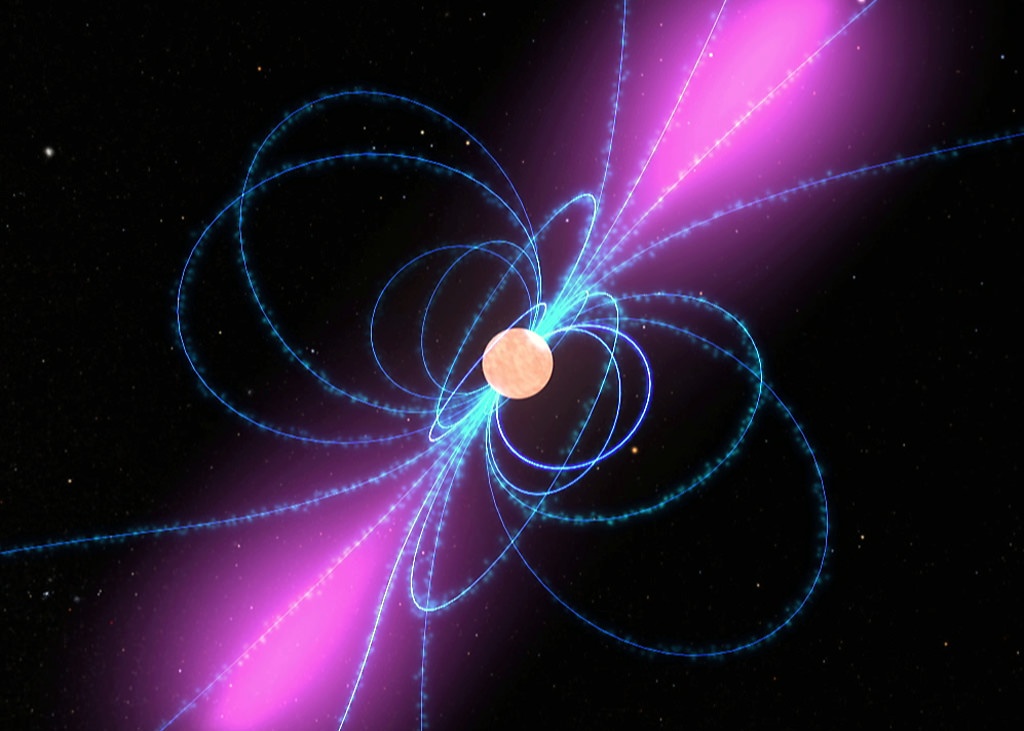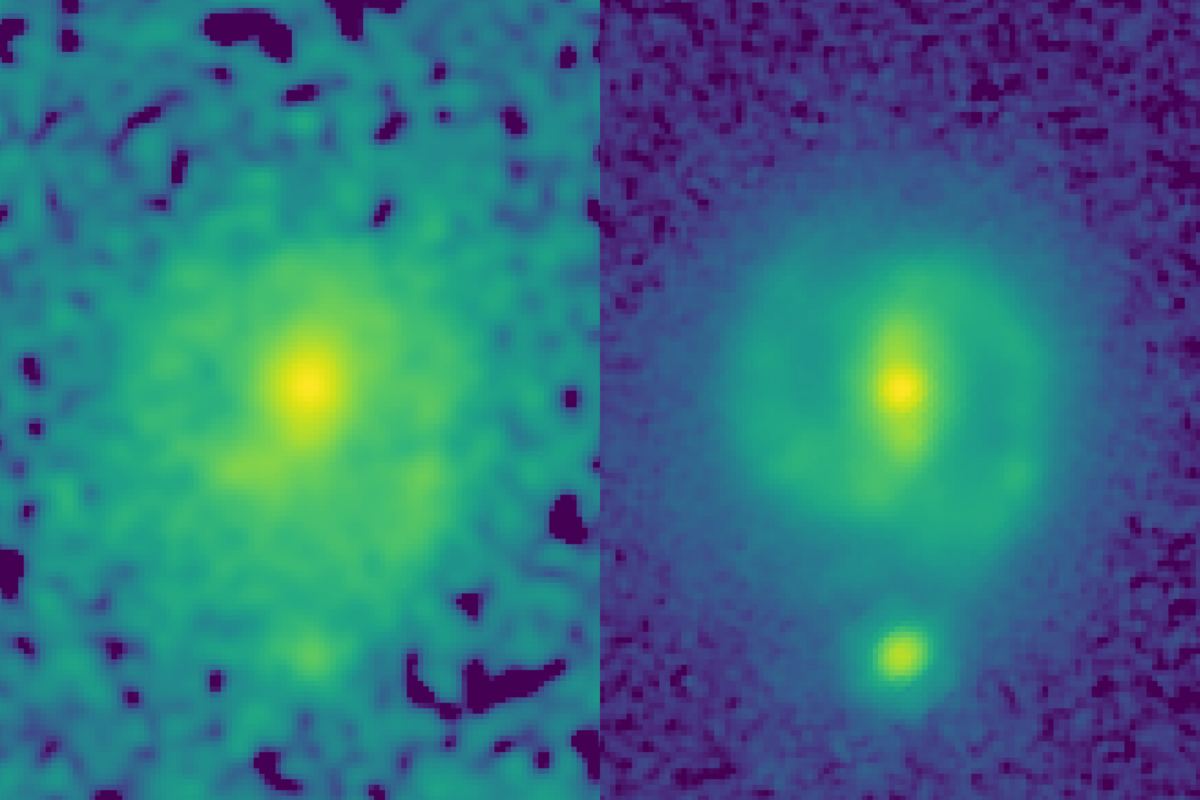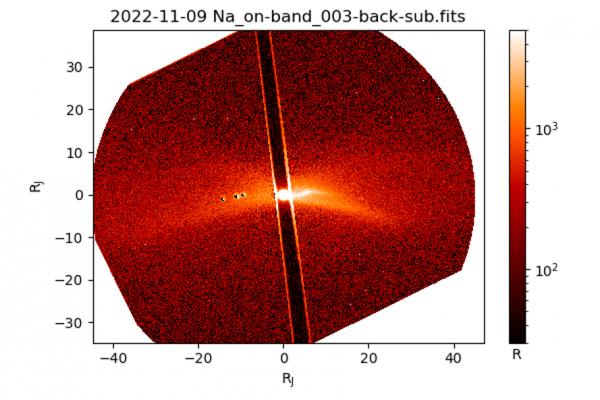The Hubble Space Telescope recently captured the appearance of several asymmetrical ‘spokes’ rising above the rings of Saturn, marking a coming change in season for the ringed gas giant. The spokes are made of charged ice particles bulging up and away from the rest of the rings. Researchers aren’t sure exactly what causes the spokes, but they suspect it has something to do with the planet’s powerful magnetic fields.
Continue reading “It's Time for Mysterious Spokes to Appear in Saturn's Rings”Curiosity Just Found its Strongest Evidence of Ancient Water and Waves on Mars
This week, NASA’s Curiosity rover stumbled across the best evidence yet that liquid water once covered much of Mars in the planet’s distant past: undulating rippled rock formations – now frozen in time – that were sculpted by the waves of an ancient shallow lake. But perhaps the biggest surprise is that they were discovered in an area that researchers expected to be dry.
Continue reading “Curiosity Just Found its Strongest Evidence of Ancient Water and Waves on Mars”Soon Every Spacecraft can Navigate the Solar System Autonomously Using Pulsars
If you want to know where you are in space, you’d better bring along a map. But it’s a little more complicated than riding shotgun on a family road trip.
Spacecraft navigation beyond Earth orbit is usually carried out by mission control. A series of radio communication arrays across the planet, known as the Deep Space Network, allows operators to check in with space probes and update their navigational status. The system works, but it could be better. What if a spacecraft could autonomously determine its position, without needing to phone home? That’s been a dream of aerospace engineers for a long time, and it’s getting close to fruition.
Pulsars are the key.
Continue reading “Soon Every Spacecraft can Navigate the Solar System Autonomously Using Pulsars”Cosmic Noon was Billions of Years ago, When Many Galaxies Were Filled With Star-Forming Nebulae Like This
You’re looking at NGC 346, a star cluster 210 light years away that is energetically pumping out brand new stars from a dense cloud of gas and dust. Between 10 and 11 billion years ago, nearly all galaxies in the Universe underwent an era of intense star formation similar to what we see in NGC 346. This flurry of stellar birth is poetically nicknamed cosmic noon. Since then, star formation in the Universe has gradually dwindled, though it still blazes away in small pockets. By studying NGC 346 and other clusters like it, we can learn more about the era of cosmic noon and the evolution of galaxies.
To that end, researchers pointed the James Webb Space Telescope’s NIRCam infrared camera at NGC 346 last year, and they announced their preliminary findings at the American Astronomical Society’s annual meeting on January 11, 2023.
Continue reading “Cosmic Noon was Billions of Years ago, When Many Galaxies Were Filled With Star-Forming Nebulae Like This”New JWST Image Shows That Grand Spiral Galaxies had Already Formed 11 Billion Years ago
For the first time this week, photos from the James Webb Space Telescope (JWST) revealed that stellar bars were present in some galaxies as far back as 11 billion years ago. Stellar bars are a defining feature of about two-thirds of all spiral galaxies in the Universe, including our own Milky Way. The discovery has implications for astronomers’ understanding of galactic evolution, indicating that bars form very quickly and may persist for much of a galaxy’s lifespan, influencing its shape and structure.
Continue reading “New JWST Image Shows That Grand Spiral Galaxies had Already Formed 11 Billion Years ago”Io is Having a Major Volcanic Outburst
Since last summer, Jupiter’s third largest moon, Io, has been lighting up the Jovian system with a major burst of volcanic activity. As the Solar System’s most volcanically active world, Io is no stranger to such outbursts, but this year’s display has been unusually energetic.
Continue reading “Io is Having a Major Volcanic Outburst”Is the Milky Way… Normal?
Studying the large-scale structure of our galaxy isn’t easy. We don’t have a clear view of the Milky Way’s shape and features like we do of other galaxies, largely because we live within it. But we do have some advantages. From within, we’re able to carry out close-up surveys of the Milky Way’s stellar population and its chemical compositions. That gives researchers the tools they need to compare our own galaxy to the many millions of others in the Universe.
This week, an international team of researchers from the USA, UK, and Chile released a paper that does just that. They dug through a catalogue of ten thousand galaxies produced by the Sloan Digital Sky Survey, searching for galaxies with similar attributes to our own.
They discovered that the Milky Way has twins – many of them – but just as many that are only superficially similar, with fundamental differences buried in the data. What they discovered has implications for the future evolution of our own galaxy.
Continue reading “Is the Milky Way… Normal?”To Fight Climate Change, We Could Block the Sun. A Lightweight Solar Sail Could Make it Feasible
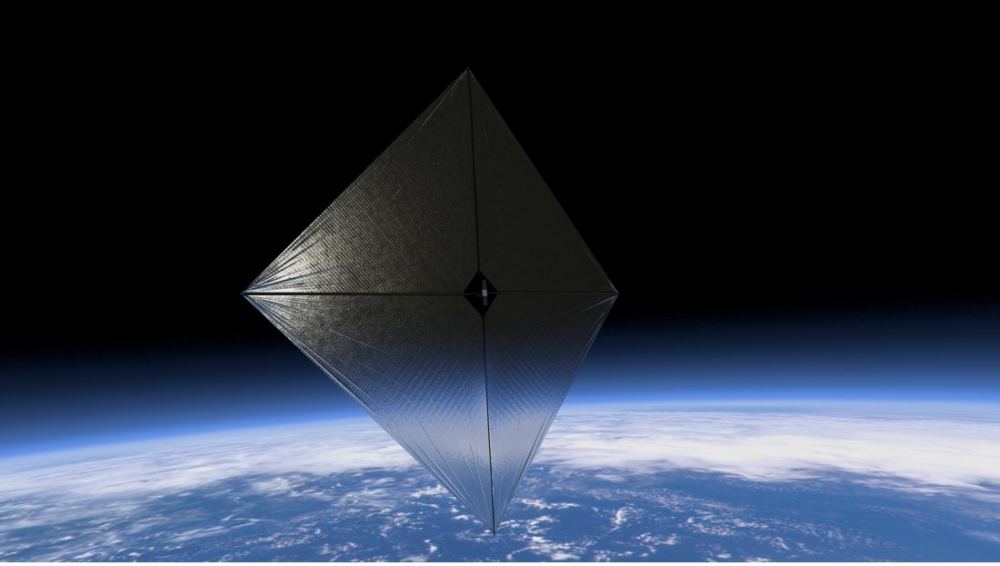
Can we build an enormous umbrella to dim the Sun? Such a feat would be a megaproject on a scale like no other. It would take at least 400 dedicated rocket launches a year, for ten years (There have been 172 rocket launches by all nations so far in 2022). The project would weigh in at 550,000 tons: at its lightest. And it would be an ecological experiment that puts us all – the entire planet – in the petri dish, with high risk and high reward. But could such a project actually reverse climate change and bring us back from the brink of global disaster?
The answer seems to be yes, it could work. But there are consequences, and with the planet at stake, it seems wise to examine them before committing to such a thing.
Continue reading “To Fight Climate Change, We Could Block the Sun. A Lightweight Solar Sail Could Make it Feasible”Construction Begins on the Square Kilometer Array
At twin ground-breaking ceremonies today in South Africa and Australia, project leaders formally marked the start of construction on what will be the largest radio telescope ever built. Dubbed the Square Kilometer Array Observatory (SKAO) – referring to the total area the antennas and dishes will cover when complete – the telescope is not a single detector but rather a collection of them, connected across two continents using a technique known as interferometry (the same technique used by the Event Horizon Telescope, which took the first ever photograph of a black hole in 2019).
Continue reading “Construction Begins on the Square Kilometer Array”One of the World's Biggest Radio Telescopes is Hunting for Signals From Extraterrestrial Civilizations
Breakthrough Listen, a privately funded project seeking evidence of extraterrestrial intelligence, has started operations on the MeerKAT radio telescope array in South Africa. Over the next two years, the team will search over a million nearby stars, expanding the number of targets observed by a factor of 1000.
Continue reading “One of the World's Biggest Radio Telescopes is Hunting for Signals From Extraterrestrial Civilizations”
